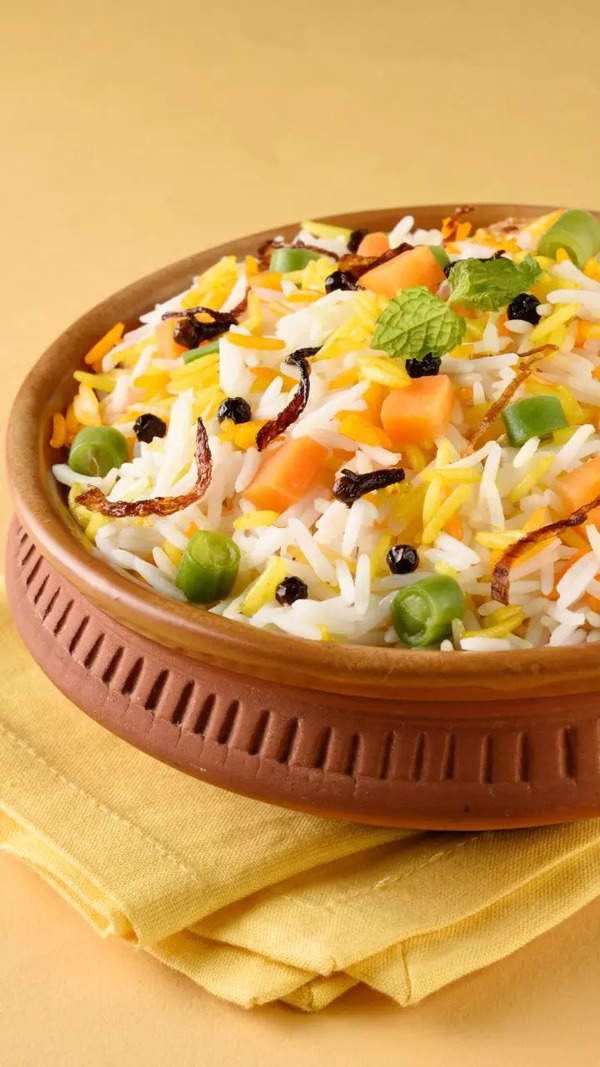- News
- India News
- Women turnout exceeds that of men in six J&K seats in Phase-1
Trending
Women turnout exceeds that of men in six J&K seats in Phase-1
In the first phase of Jammu & Kashmir elections, women voters surpassed men in six out of 24 constituencies, with an overall turnout of 61.4%. Five constituencies in Jammu division recorded higher female participation, while only one did so in Kashmir Valley. Despite this, male voter turnout remained higher overall.

Making a mark.
NEW DELHI: Women voters' turnout exceeded that of men in six of the 24 Jammu & Kashmir constituencies that went to polls on Wednesday, with Jammu division leading the way with five of its eight constituencies having witnessed higher participation by female electors.
Only one of Kashmir's 16 assembly constituencies covered in Phase 1 - Kokernag (ST)) - witnessed higher polling by its women voters as compared to male voters.
Overall, J&K clocked nearly 61.4% polling in the first phase, as per the final EVM turnout figures released by the Election Commission on Friday. This is higher than 60% turnout recorded in the corresponding districts in the 2024 Lok Sabha polls and the 50.3% polling in 2014 state polls.
At 63.7%, male vote turnout in Phase 1 of J&K poll was almost 5.2 percentage points higher than women's polling percentage (58.9%). The polling percentage for third gender voters was 40%. Interestingly, the overall polling percentage among women in 2014 J&K assembly poll (66.3%) was higher than that of male voters (64.9%) by 1.4 percentage points. The trend was however reversed in the Lok Sabha polls this year, with 60.7% male voter turnout across J&K as compared to 56.4% women's turnout.
Among the 16 constituencies of Kashmir Valley that voted on Wednesday, Pahalgam recorded the highest turnout at 71.3%, followed by D H Pora (68.9%) and Kulgam (63.4%). Only five of these 16 Kashmir ACs witnessed higher than overall turnout for Phase 1. Among the assembly constituencies (ACs) that witnessed lower than average polling in Phase 1 were Pampore (45%), Tral (43.6%) and Anantnag (45.6%), though these figures were still higher when compared to 2024 Lok Sabha elections and, barring Pampore, to the 2014 assembly election.
In constituencies like Pampore, Tral and Zainapora, the difference between women turnout and male turnout was over 11 percentage points. Only 39.5% of Pampore's female electors voted as compared to 50.7% men. Similarly, in Tral, women turnout was 37.9% against 49.3% male turnout.
The picture in Jammu region was quite different. All its eight constituencies witnessed higher polling than in 2024 Lok Sabha elections. But the voting percentage in two of its three districts that went to polls in Phase 1 - namely, Doda and Ramban - was lower than in 2014 LS polls. Women turnouts in ACs across Jammu not only showed a marked improvement over those recorded in the Valley, but surpassed male voter turnouts in five ACs - Inderwal, Kishtwar, Bhadarwah, Doda and Doda West. Even in Padder-Nagseni, Ramban and Banihal, the difference between women and men's turnout was only marginal.
Only one of Kashmir's 16 assembly constituencies covered in Phase 1 - Kokernag (ST)) - witnessed higher polling by its women voters as compared to male voters.

Overall, J&K clocked nearly 61.4% polling in the first phase, as per the final EVM turnout figures released by the Election Commission on Friday. This is higher than 60% turnout recorded in the corresponding districts in the 2024 Lok Sabha polls and the 50.3% polling in 2014 state polls.
At 63.7%, male vote turnout in Phase 1 of J&K poll was almost 5.2 percentage points higher than women's polling percentage (58.9%). The polling percentage for third gender voters was 40%. Interestingly, the overall polling percentage among women in 2014 J&K assembly poll (66.3%) was higher than that of male voters (64.9%) by 1.4 percentage points. The trend was however reversed in the Lok Sabha polls this year, with 60.7% male voter turnout across J&K as compared to 56.4% women's turnout.
As per assembly constituency (AC)-wise EVM turnout data for Phase 1, Inderwal AC in Kishtwar district of Jammu region recorded the highest polling at 82.2%, followed by Kishtwar AC (78.2%) and Doda West AC (76%).
Among the 16 constituencies of Kashmir Valley that voted on Wednesday, Pahalgam recorded the highest turnout at 71.3%, followed by D H Pora (68.9%) and Kulgam (63.4%). Only five of these 16 Kashmir ACs witnessed higher than overall turnout for Phase 1. Among the assembly constituencies (ACs) that witnessed lower than average polling in Phase 1 were Pampore (45%), Tral (43.6%) and Anantnag (45.6%), though these figures were still higher when compared to 2024 Lok Sabha elections and, barring Pampore, to the 2014 assembly election.
In constituencies like Pampore, Tral and Zainapora, the difference between women turnout and male turnout was over 11 percentage points. Only 39.5% of Pampore's female electors voted as compared to 50.7% men. Similarly, in Tral, women turnout was 37.9% against 49.3% male turnout.
The picture in Jammu region was quite different. All its eight constituencies witnessed higher polling than in 2024 Lok Sabha elections. But the voting percentage in two of its three districts that went to polls in Phase 1 - namely, Doda and Ramban - was lower than in 2014 LS polls. Women turnouts in ACs across Jammu not only showed a marked improvement over those recorded in the Valley, but surpassed male voter turnouts in five ACs - Inderwal, Kishtwar, Bhadarwah, Doda and Doda West. Even in Padder-Nagseni, Ramban and Banihal, the difference between women and men's turnout was only marginal.
End of Article
FOLLOW US ON SOCIAL MEDIA











